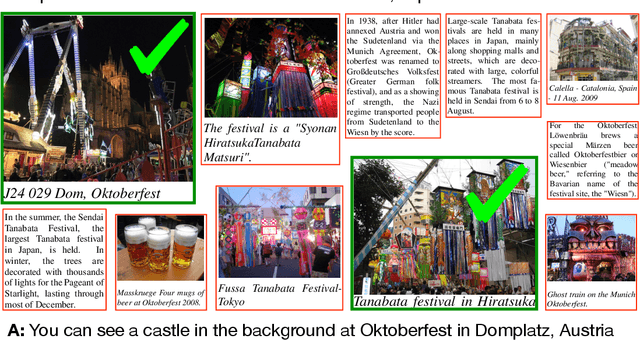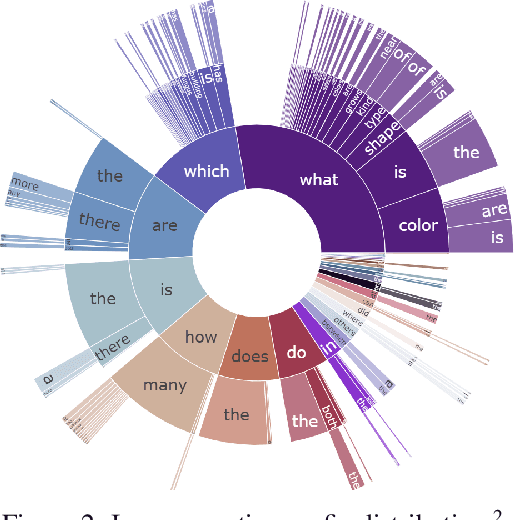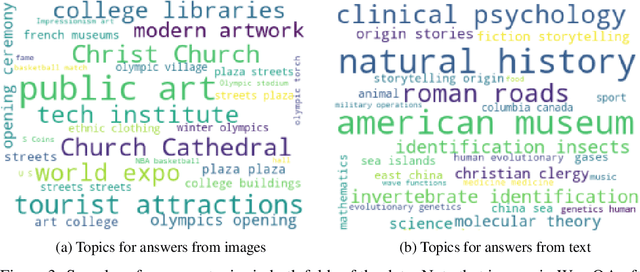Mridu Narang
GenSERP: Large Language Models for Whole Page Presentation
Feb 22, 2024Abstract:The advent of large language models (LLMs) brings an opportunity to minimize the effort in search engine result page (SERP) organization. In this paper, we propose GenSERP, a framework that leverages LLMs with vision in a few-shot setting to dynamically organize intermediate search results, including generated chat answers, website snippets, multimedia data, knowledge panels into a coherent SERP layout based on a user's query. Our approach has three main stages: (1) An information gathering phase where the LLM continuously orchestrates API tools to retrieve different types of items, and proposes candidate layouts based on the retrieved items, until it's confident enough to generate the final result. (2) An answer generation phase where the LLM populates the layouts with the retrieved content. In this phase, the LLM adaptively optimize the ranking of items and UX configurations of the SERP. Consequently, it assigns a location on the page to each item, along with the UX display details. (3) A scoring phase where an LLM with vision scores all the generated SERPs based on how likely it can satisfy the user. It then send the one with highest score to rendering. GenSERP features two generation paradigms. First, coarse-to-fine, which allow it to approach optimal layout in a more manageable way, (2) beam search, which give it a better chance to hit the optimal solution compared to greedy decoding. Offline experimental results on real-world data demonstrate how LLMs can contextually organize heterogeneous search results on-the-fly and provide a promising user experience.
WebQA: Multihop and Multimodal QA
Sep 21, 2021



Abstract:Web search is fundamentally multimodal and multihop. Often, even before asking a question we choose to go directly to image search to find our answers. Further, rarely do we find an answer from a single source but aggregate information and reason through implications. Despite the frequency of this everyday occurrence, at present, there is no unified question answering benchmark that requires a single model to answer long-form natural language questions from text and open-ended visual sources -- akin to a human's experience. We propose to bridge this gap between the natural language and computer vision communities with WebQA. We show that A. our multihop text queries are difficult for a large-scale transformer model, and B. existing multi-modal transformers and visual representations do not perform well on open-domain visual queries. Our challenge for the community is to create a unified multimodal reasoning model that seamlessly transitions and reasons regardless of the source modality.
 Add to Chrome
Add to Chrome Add to Firefox
Add to Firefox Add to Edge
Add to Edge